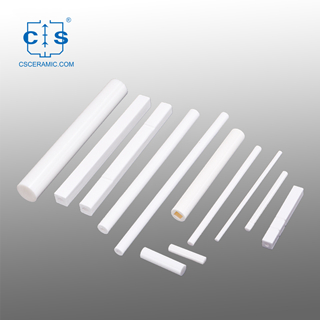
Isostatic pressing stands as a pivotal technique among the various methods employed for shaping zirconia ceramics. Leveraging the incompressibility of liquid mediums and their ability to uniformly distribute pressure, isostatic pressing introduces a unique manufacturing approach. This method caters to the production of intricate, large, slender, and unusually-shaped ceramic products that conventional methods often struggle to produce. Herein, we delve into the intricacies of the isostatic pressing process for zirconia ceramics, uncovering its steps and significance.
1. Powder Preprocessing
For zirconia ceramic formation through isostatic pressing, even the most refractory powders require a preprocessing phase. By implementing granulation techniques, the flowability of zirconia ceramic powders is enhanced. The introduction of binders and lubricants serves to mitigate friction within the powder, consequently enhancing cohesive strength. This preprocessing phase aligns the powders with the specific demands of zirconia ceramic shaping processes.
2. Shaping Methodology
The shaping process encompasses loading, pressurization, pressure retention, and depressurization stages. Ensuring uniform powder distribution within the mold during the loading phase minimizes the risk of porosity. Maintaining steady pressurization rates ensures stability, with pressure application velocities adjusted to suit the specific zirconia ceramic powder and desired body configuration. The appropriate pressurization levels and pressure retention times are chosen based on the characteristics of the zirconia ceramic powder and the green body's shape. Simultaneously, optimal depressurization speeds are determined to prevent structural defects.
3. Mold Design for Shaping
The practice of isostatic pressing mandates specific attributes in shaping molds. These molds necessitate elasticity and shape-retention capabilities. High tensile and crack resistance, as well as superior wear resistance, are essential traits of these molds. Their corrosion resistance is of paramount importance, ensuring compatibility with the medium without triggering chemical reactions. Additionally, the molds exhibit excellent demolding properties, facilitating the removal of the formed ceramic piece.
In Conclusion
In summation, we've explored the intricacies of the isostatic pressing process for zirconia ceramics. This method's versatility is profound, particularly in the domains of experimental research and small-scale production. Furthermore, it is adept at simultaneously shaping multiple components of varying geometries within a single high-pressure chamber. Notably, it excels in manufacturing sizable and intricately designed zirconia ceramic components, all while boasting a streamlined production process that maintains affordability.
By embracing the artistry of isostatic pressing, the realm of zirconia ceramics advances further, delivering innovative solutions and intricate designs that elevate ceramic applications to unprecedented heights.
Thank you for reading. We invite you to visit CSCERAMIC for more information if you would like to learn more about industrial ceramic material and the advanced range of ceramic products we offer.




 info@csceramic.com
info@csceramic.com
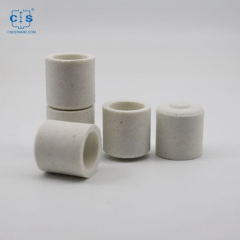
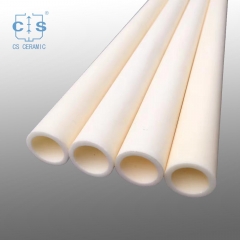
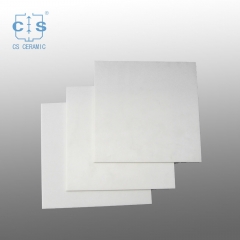
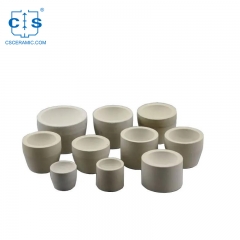
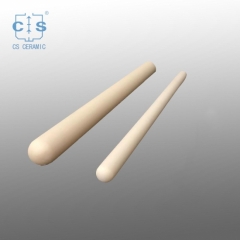
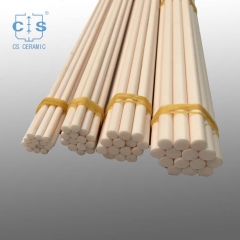
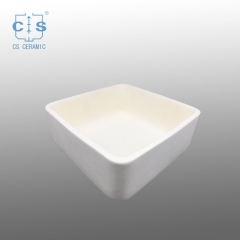
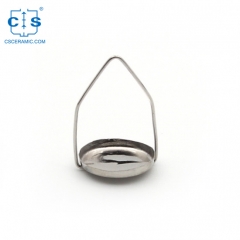
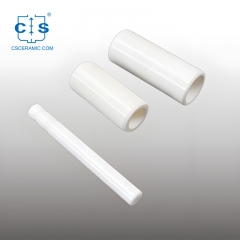
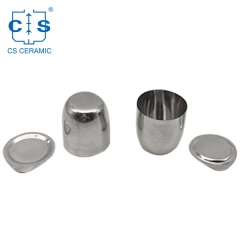







 +86 18273288522
+86 18273288522